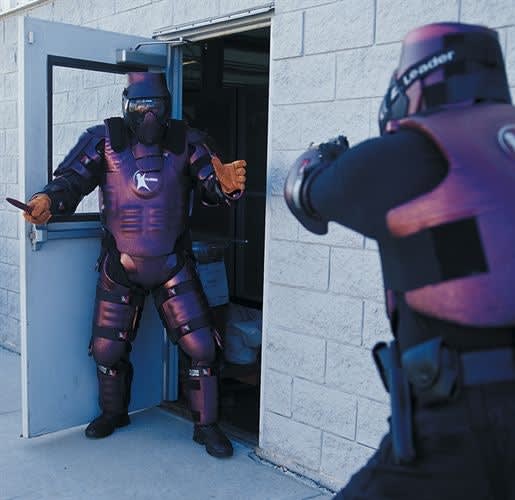The best way to prepare for split-second deadly force decision-making situations is to practice "when/then" thinking. This is a term that I learned from Bob "Coach" Lindsey, a nationally known officer survival Instructor. It replaces the old concept of "if/then" thinking.
"If/then" thinking doesn't make the threat immediate enough. It places the threat at a distance, in the future, and in the realm of things that may not happen at all. If/then thinking leads to a state of unpreparedness.
"When/then" thinking on the other hand makes the threat immediate and certain. When you practice "when/then" thinking, you say, "When the subject with the gun appears, then I will be able to take immediate action without hesitation." This doesn't mean that on high-risk calls you will always fire your gun, but you should always be ready to do so.
Have a Plan
Being prepared to fight is just one aspect of learning to think tactically. Another important step is to plan your reaction to specific threats and actions. Analyze the types of responses you are likely to face from subjects in the field and you will find that there are five basic things that people can do when you try to arrest them. They can comply with all verbal commands, flee, respond slowly or not at all, resist and assault you, or assault and try to kill you.












